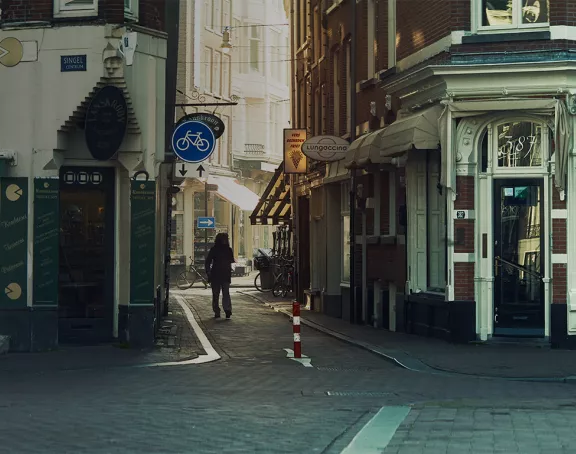Dutch national police service liable for unlawful granting of firearms permit
In a recent decision (ECLI:NL:HR:2019:1409), the Supreme Court has decided that the Dutch national police force is liable for damage suffered by victims of a shooting which took place in a shopping centre in 2011; an event that shocked the Netherlands. The Supreme Court held that the police had unlawfully granted a permit for the firearms used in the shooting.
Background
In 2011, a man opened fire in a shopping centre in the city of Alphen aan den Rijn. Six people were killed and sixteen were injured. The man responsible subsequently killed himself. As it turned out, the man had a permit for the firearms he used, granted by the police on the basis of the Dutch Arms and Ammunition Act. Victims, bereaved individuals and shop owners instituted proceedings against the police, claiming that the police had not properly assessed whether the man was eligible to possess the firearms used in the shooting.
Before the Supreme Court, the police no longer disputed that it should indeed have refused the permit, as the man had in previous years been compulsory admitted to a psychiatric hospital (in relation to suicidal planning) and had been involved in incidents with an illegal air rifle. These circumstances were known to the police, but this knowledge did not reach the person deciding on the permit.
Protective scope of the Arms and Ammunition Act
While it had already been established that the police acted unlawfully, the Supreme Court still had to decide whether this also resulted in liability. One of the requirements for liability under Dutch law is that the damage claimed by the plaintiff is within the what is termed the 'protective scope' of the norm that the defendant has violated (relativiteitsvereiste) - in this case, whether the damage to victims of the shooting fell within the protective scope of the Arms and Ammunition Act.
The District Court decided that this was not the case, as this Act is intended to protect the safety of society, not individual financial interests. This followed the Supreme Court's ruling in the Duwbak Linda case on the protective scope of legislation pertaining to the granting of permits for ships. In the Duwbak Linda case, damage caused by a ship that had been granted a permit to participate in shipping traffic, but later sank, was found to be outside the protective scope of that legislation. Therefore, the State was not liable.
However, the Court of Appeal decided differently: it derived from the parliamentary papers that with the system of permits in the Arms and Ammunition Act the legislator had intended to also protect the individual interests of the victims of the shooting. The Supreme Court agreed. The "stringent" permit system, prompted by the risk of firearms, led to the conclusion that the Arms and Ammunition Act also aims to "prevent individual citizens from becoming a victim of possession of firearms that is not responsible". Damage to victims is therefore within the protective scope of the norm, in contrast to the permit system in Duwbak Linda, the Supreme Court decided.
Causation
Another defence raised by the police was that the requirement of causation (known as the 'but for' test) was not met. The police service argued that, had it not granted the permit, the man would have obtained firearms illegally, and the shooting would have occurred in any case. The police pointed out that the man had planned the shooting, made preparations and acted under the influence of a mental disorder.
The Supreme Court rejected this defence, taking into consideration that the police had violated a safety norm aimed to prevent possession of firearms that is not responsible. It held that while the police service had argued that the man could have obtained illegal firearms, it had not substantiated that he would have actually done so. The circumstances raised by the police occurred after the permit had been granted, and in the view of the Supreme Court could therefore not be considered such substantiation. The police service was therefore liable for the victims' damages.
Scope of liability
In addition, the Supreme Court decided that the liability of the police service is not limited to damages in relation to death and injury, as the Court of Appeal had decided. The Supreme Court considered that there is no ground to categorically exclude other kinds of damages (for instance damage to shop owners' property). Whether such damage is sufficiently foreseeable and sufficiently related to the unlawful permit granting in the sense of Article 6:98 of the Dutch Civil Code (toerekening van schade) is to be decided in follow-up proceedings for determination of damages. However, the Supreme Court did keep open the option of excluding such other damages from eligibility for compensation in those follow-on proceedings.
Conclusion
The Dutch Supreme Court went one step further than the Court of Appeal. The Dutch national police service could be liable for damages other than those related to death and injury. Furthermore, the Supreme Court's decision was tailored to the specific protective scope of the Arms and Ammunition Act, acknowledging that another statutory permit system (such as that in Duwbak Linda) could result in a different decision. It appears that one cannot draw many conclusions concerning public authority liability in general from this tragic case, apart from its – fortunately – exceptional facts.


